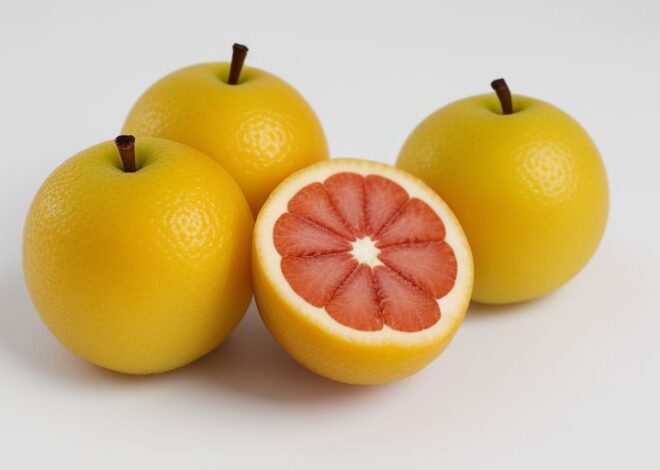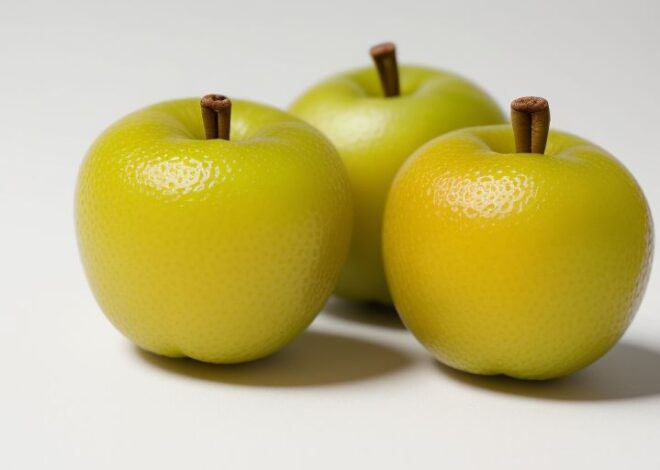
Macopa (Wax Apple)
Introduction
Macopa, also known as the Wax Apple, is a tropical fruit native to the Old World tropics, specifically in Southeast Asia and the Pacific Islands. It belongs to the family Sapindaceae and is scientifically known as Syzygium samarangense. The fruit is widely cultivated and consumed in many parts of the world, particularly in Asia, where it is considered a popular fruit.
Etymology
The name “Macopa” is derived from the Tagalog language, spoken in the Philippines, where the fruit is widely cultivated and consumed. The term “Wax Apple” refers to the fruit’s waxy texture and its resemblance to an apple.
Description
Macopa is a small to medium-sized evergreen tree that grows up to 10-15 meters in height. Its leaves are elliptical in shape, dark green in color, and have a leathery texture. The fruit is a berry, typically red or purple in color, with a waxy texture and a single seed in the center. It has a sweet and slightly sour taste, similar to a combination of an apple and a pear.
Taxonomy and Cultivars
Macopa is classified under the genus Syzygium, which includes over 1,000 species of flowering plants. The species S. samarangense is further divided into several cultivars, including:
| Cultivar | Description |
|---|---|
| ‘Red Macopa’ | Deep red color, sweet and juicy |
| ‘Purple Macopa’ | Dark purple color, slightly sour taste |
| ‘White Macopa’ | White or pale yellow color, sweet and crunchy |
Distribution and Habitat
Macopa is native to the Old World tropics, specifically in Southeast Asia and the Pacific Islands. It is widely cultivated in many countries, including the Philippines, Indonesia, Malaysia, and Thailand. The fruit prefers a tropical climate with high humidity and temperatures between 20-30°C.
Cultivation
Macopa is typically grown from seed or through grafting. It requires well-drained soil and full sun to partial shade. The tree is relatively low-maintenance and can tolerate some drought, but regular watering and fertilization promote healthy growth and fruit production.
Production and Uses
Macopa is widely consumed fresh, used in salads, or made into jams and preserves. It is also used in traditional medicine in many Asian countries, particularly in the Philippines, where it is believed to have antibacterial and anti-inflammatory properties.
| Country | Production (tons) |
|---|---|
| Philippines | 120,000 |
| Indonesia | 80,000 |
| Malaysia | 50,000 |
| Thailand | 30,000 |
Phytochemistry
Macopa contains various bioactive compounds, including flavonoids, phenolic acids, and terpenoids, which have been reported to have antioxidant, anti-inflammatory, and antimicrobial properties.
Flavor
Macopa has a unique flavor, described as sweet and slightly sour, similar to a combination of an apple and a pear.
Toxicity
Macopa is generally considered safe for consumption, but the seeds and leaves contain a toxic compound called saponin, which can cause gastrointestinal irritation and other adverse effects if ingested in large quantities.
Nutrition
Macopa is a good source of vitamins A and C, potassium, and dietary fiber. It also contains various minerals, including calcium, iron, and magnesium.
| Nutrient | Amount (per 100g) |
|---|---|
| Vitamin A | 10-15 mg |
| Vitamin C | 20-25 mg |
| Potassium | 150-200 mg |
| Dietary Fiber | 2-3 g |
Culture
Macopa has cultural significance in many Asian countries, particularly in the Philippines, where it is considered a symbol of good luck and prosperity. It is often served as a dessert or snack during special occasions and celebrations.
“Macopa is not just a fruit, it’s a symbol of our culture and tradition.” – Filipino proverb
In conclusion, Macopa, or the Wax Apple, is a tropical fruit with a unique flavor and texture, widely cultivated and consumed in many parts of the world. Its cultural significance, nutritional value, and potential health benefits make it a valuable fruit worth exploring.


